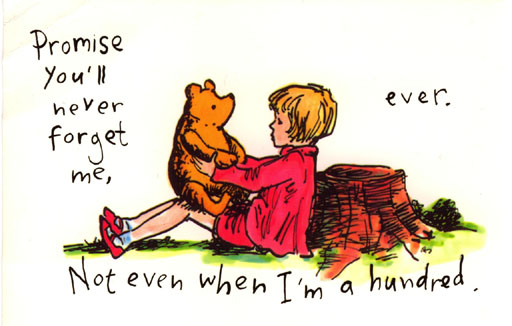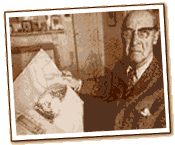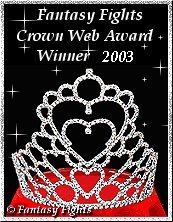 |
 |
 Ernest Howard Shepard was born on December 10, 1879, in London. His father was an architect, and his mother – who died when Ernest was ten years old – was the daughter of a watercolorist. It was she who encouraged young Ernest to paint and draw. Shepard attended St. Paul’s School, Heatherley’s Art School, and the Royal Academy Schools. There was never any doubt that he would be an artist. His first picture was exhibited in the Royal Academy in 1901. Later, he supported himself by producing book illustrations, oil paintings, and black-and-white drawings for illustrated papers.
Ernest Howard Shepard was born on December 10, 1879, in London. His father was an architect, and his mother – who died when Ernest was ten years old – was the daughter of a watercolorist. It was she who encouraged young Ernest to paint and draw. Shepard attended St. Paul’s School, Heatherley’s Art School, and the Royal Academy Schools. There was never any doubt that he would be an artist. His first picture was exhibited in the Royal Academy in 1901. Later, he supported himself by producing book illustrations, oil paintings, and black-and-white drawings for illustrated papers.

 |
 |
 |
| Disney Site Award awarded June 18, 2003 by Cartoon Wonders | Disney Site Award awarded September 1, 2003 by Knightress Paradise | Crown Web Award awarded September 5, 2003 by Fantasy Fights |
